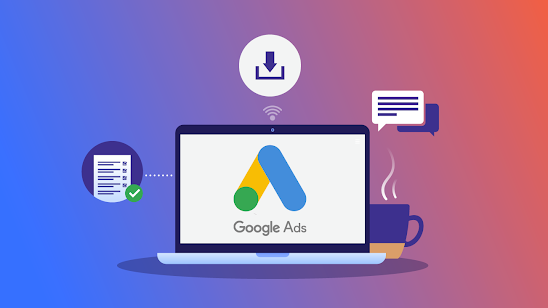Maximizing Your Online Presence: A Guide to Google Ads
In today's digital landscape, where consumers are constantly connected and information is readily accessible, Google Ads stands as a powerful tool for businesses looking to reach their target audience and drive results. Formerly known as Google AdWords, Google Ads offers a versatile platform for running online advertising campaigns across Google's vast network, including search, display, video, and more. In this blog post, we explore the fundamentals of Google Ads and share strategies for maximizing its potential to elevate your online presence and achieve your marketing goals.
Understanding Google Ads:
Google Ads is an online advertising platform developed by Google that allows businesses to create and manage ads that appear on Google's search engine results pages (SERPs), as well as on other Google properties and partner websites. The platform operates on a pay-per-click (PPC) model, where advertisers bid on keywords and pay for each click on their ads.Key Features of Google Ads:
- Keyword Targeting: Advertisers can target specific keywords relevant to their business, products, or services to reach users actively searching for related information.
- Ad Formats: Google Ads offers various ad formats, including text ads, display ads, video ads, and shopping ads, allowing advertisers to choose the format that best suits their campaign objectives.
- Audience Targeting: Advertisers can target their ads based on factors such as location, demographics, interests, and browsing behavior, ensuring their ads reach the right audience.
- Budget Control: Google Ads provides flexibility in setting and managing advertising budgets, allowing advertisers to control their spending and adjust budgets based on performance.
Strategies for Success with Google Ads:
- Keyword Research: Conduct thorough keyword research to identify relevant keywords with high search volume and low competition.
- Compelling Ad Copy: Create compelling ad copy that grabs attention, highlights unique selling points, and encourages users to take action.
- Optimized Landing Pages: Ensure that landing pages are optimized for conversions, with clear and relevant content that aligns with the ad messaging.
- Continuous Monitoring and Optimization: Regularly monitor ad performance, analyze key metrics such as click-through rate (CTR) and conversion rate, and make adjustments to optimize campaign performance over time.



Comments
Post a Comment